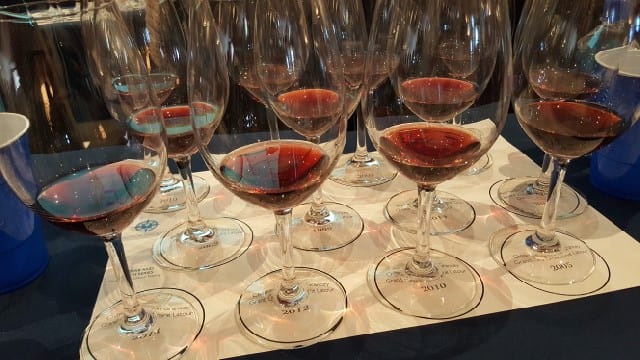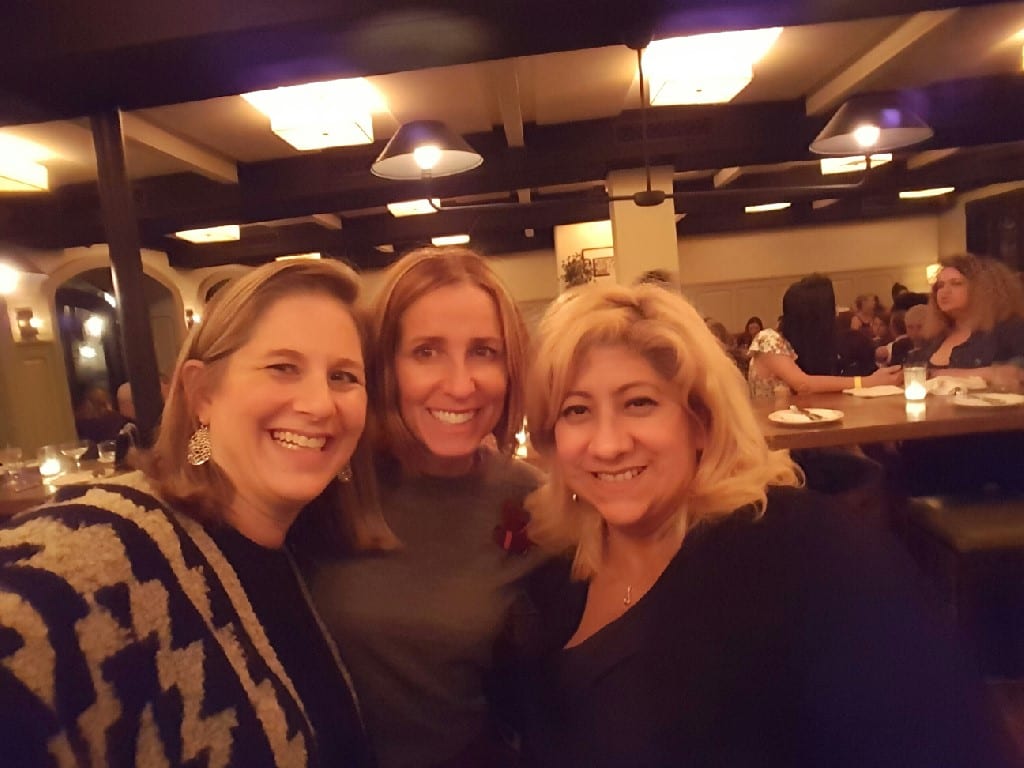Vineyard Visionaries: Hirsch Vineyards
The story originally appeared in the Napa Valley Register.During my recent visit to the east coast, I learned about how many winemakers first started planting vines in Virginia, New York, Maryland and elsewhere. Each one talked about how little information they had when they started, and that they turned, at first, to California’s wine industry for guidance.
For many, California was seen as the established wine producing region in the United States. I was reminded at a recent seminar featuring Hirsch Vineyards at World of Pinot Noir that California winemakers had only begun making wine a few decades before the east coast. With little insight or experience, there were some California winemakers who took risks, like David Hirsch, who purchased land in an untouched area with the goal of growing wine grapes.
Hirsch Vineyards, founded in 1978, is located in a remote area of West Sonoma Coast in Sonoma County. The land was originally a remote sheep farm—there was no one else out there. Hirsch had no farming experience but he fell in love with the land, his daughter Jasmine told us. He purchased 1,000 acres in an extremely remote area and people thought he was crazy. Then, in 1980, he planted pinot noir, a less than popular grape at the time. And, not knowing any better, the vines were planted on their own rootstock.
It was only a matter of time for Hirsch Vineyards to transition from an idea people thought was crazy to being one of the most sought after vineyards for pinot noir. By 1994, wineries such as Littorai, Flowers and Williams Selyem, as well as others, came to Hirsch to buy his fruit. And, in 2002, Hirsch began producing wine under their own name.

























